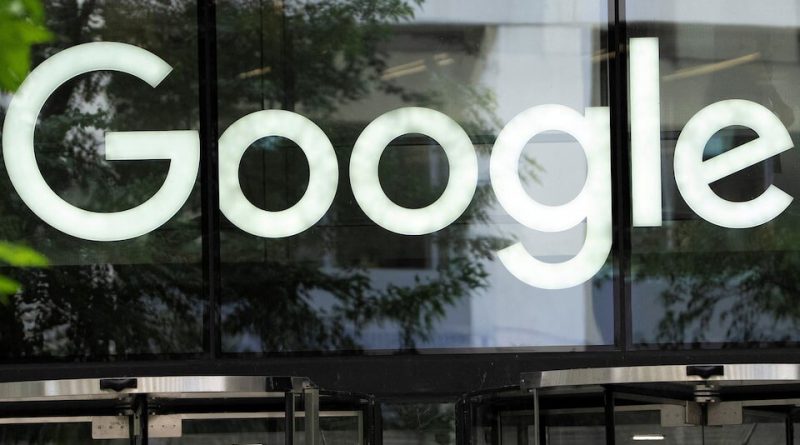U.S. Judge Weighs Fast Action on Google Ad Tech Case as Remedies Debated
Court examines possible structural changes to Google’s advertising business while asking how quickly any mandated fix could take effect.
A U.S. federal judge overseeing the government’s antitrust case against Google’s advertising technology business is considering how quickly potential remedies could be implemented, raising questions about the timeline and the broader impact of any forced restructuring of the company’s operations.
The court is evaluating proposals that could require Google to divest portions of its ad tech infrastructure, a decision that would mark one of the most significant regulatory interventions in the digital marketplace in recent years.
During closing arguments, the judge asked the Department of Justice how quickly a breakup or other structural remedy could take effect, noting that the company is expected to file an appeal that could delay implementation.
The court emphasized that timing may play a critical role in shaping the outcome, particularly given the complexity of the digital advertising ecosystem and the dependence of publishers, platforms and advertisers on existing systems.
The case centers on the government’s claim that Google maintains two unlawful monopolies in key segments of the online advertising market. These findings, previously issued by the court, are now the basis for determining what corrective measures should follow.
The judge acknowledged that Google faces pressure from multiple fronts, including private lawsuits from publishers and rival companies that are seeking damages in light of the court’s earlier findings.
The Department of Justice and several states have asked the court to order Google to divest AdX, the company’s primary ad exchange where publishers sell digital advertising inventory.
According to the government, only a clear separation of this platform from Google’s broader advertising tools would create a competitive environment that allows other companies to participate on equal terms.
Government attorneys argued that a structural remedy, rather than incremental changes, would be necessary for restoring competition.
Google, however, argued that a forced sale would be a disproportionate remedy and would involve substantial technical, operational and financial challenges.
Company attorneys stated that separating its ad exchange from its connected tools would take years, potentially disrupt services and reduce stability across the digital advertising industry.
The company also noted that historically, structural remedies have been considered only in cases where no alternative measures could address market concerns.
The judge acknowledged these arguments but also noted that the appeal process could take years, raising questions about whether immediate action would be suspended until higher courts issue their own rulings.
The potential for delayed enforcement adds complexity to a case already watched closely by technology analysts, regulators and industry participants across the advertising landscape.
The dispute highlights broader debates about the role of large technology firms in shaping online markets. Google remains one of several companies currently facing antitrust scrutiny in the United States, with separate cases pending against Apple and Amazon over competition in digital marketplaces and mobile ecosystems.
A recent decision in a separate case rejected an attempt to require another major platform to divest key subsidiaries, illustrating the challenges regulators face when pursuing structural remedies.
As the evidentiary portion of the Google case concludes, the next phase will focus on appeals and the long-term implications for the company and the wider advertising sector.
The court’s eventual decision on remedies will signal how aggressively regulators intend to enforce competition laws in technology markets that continue to evolve rapidly.



